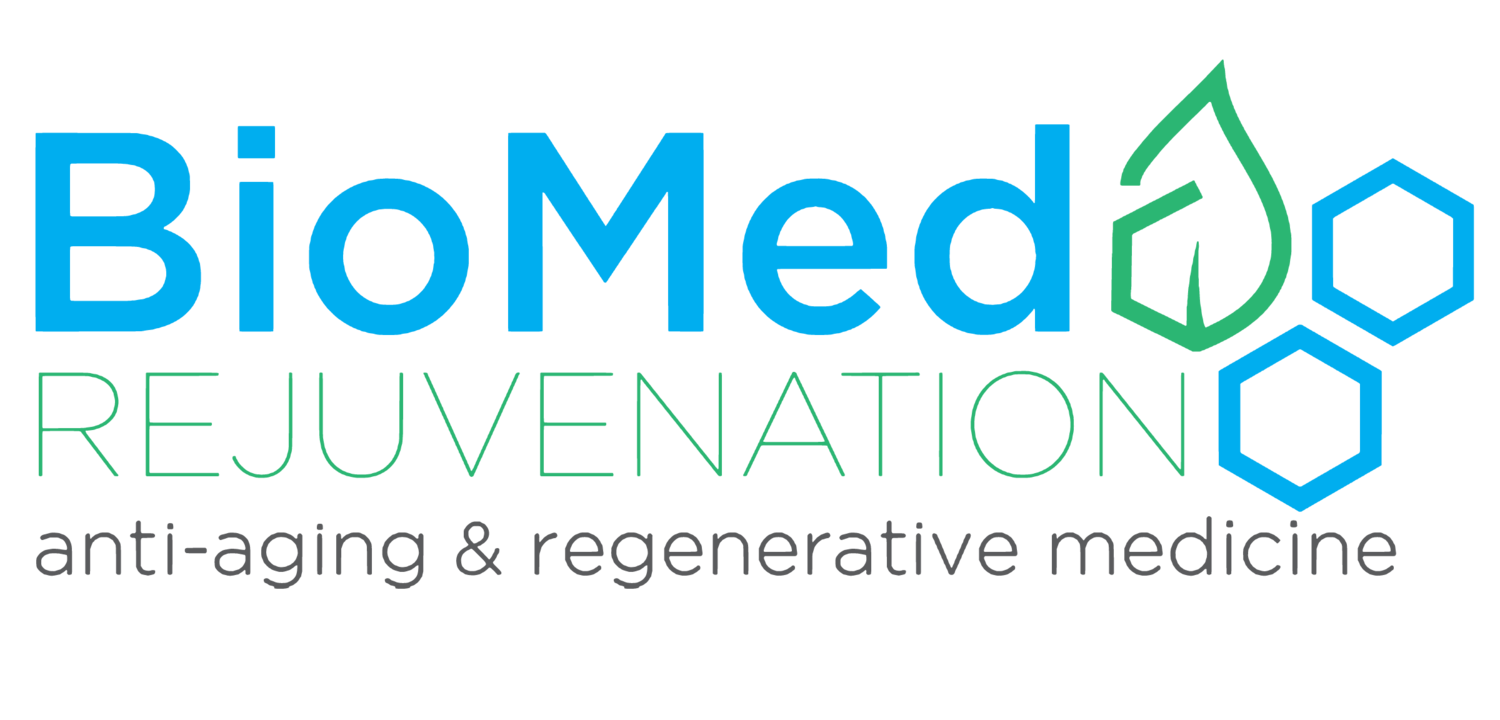What is PRP
Platelet rich plasma procedure is a type of regenerative medicine procedure that maximizes the body’s own natural healing ability.
Plasma is a portion of whole blood containing healing factors such as platelets. The activation of these platelets plays a key role in the body’s healing process. Platelet rich plasma (PRP) is the concentration of this platelet portion of the plasma and is used to accelerate the healing of injured tendons, ligaments, muscles and joints. PRP essentially amplifies each person’s own natural healing process.
PRP is obtained after taking a portion of the patient’s blood and running it through a centrifuge utilizing a specific protocol which concentrates the platelets forming PRP. The process used can vary with significant differences in the quality which is why PRP is not the same procedure among all providers ( see separate page - all PRP is not the same).
Platelets have something called alpha granules that contain many different growth factors. These growth factors are then released when platelets are activated. These growth factors are involved in key stages of wound healing and regenerative processes including chemotaxis (signaling to direct other cells or growth factors toward the area of injury), proliferation (growth or production of cells), differentiation (cell changes from one type to another), and angiogenesis (growth of blood vessels).
